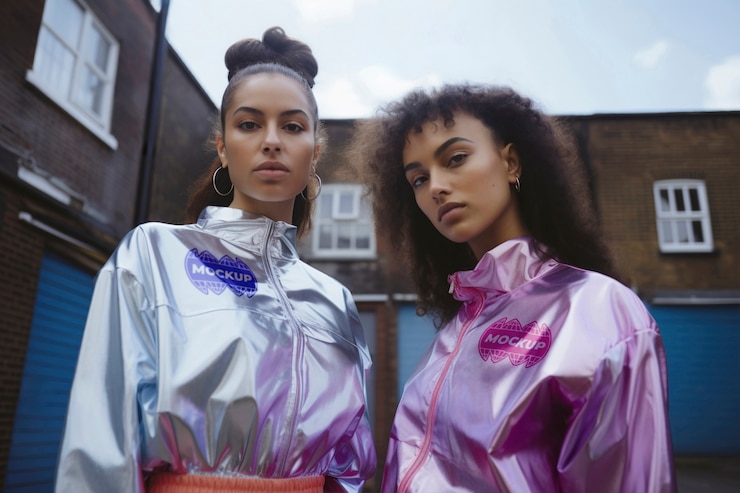
Emo Style: A Deep Dive into the Subculture’s Fashion and Identity
Introduction: Emo style, short for “emotional hardcore,” emerged in the 1980s as a subculture deeply intertwined with punk rock music. Over the years, it has evolved into a distinct fashion statement and cultural identity, characterized by its emotional expression, dark aesthetic, and unique blend of influences. Emo style has left an indelible mark on youth culture, influencing not only fashion but also attitudes and lifestyles. In this article, we’ll delve into the intricacies of emo style, exploring its origins, key elements, and enduring appeal.
Origins and Evolution: The roots of emo style can be traced back to the hardcore punk scene of the 1980s, particularly in Washington, D.C. Emo bands like Rites of Spring and Embrace infused punk rock with introspective and confessional lyrics, laying the groundwork for a subculture that embraced emotional vulnerability and authenticity.
As the genre gained momentum in the 1990s and early 2000s, emo style began to take shape. Influenced by punk fashion, as well as elements of goth and indie rock aesthetics, emo style emerged as a fusion of dark, moody, and introspective elements. Band members and fans alike adopted a uniform of skinny jeans, band T-shirts, studded belts, and Converse sneakers, often accessorized with dyed hair, piercings, and thick-rimmed glasses.
Key Elements of Emo Style:
- Dark Aesthetic: Emo style is characterized by its affinity for dark colors, particularly black. Emo fashion often features layers of black clothing, complemented by occasional pops of muted colors like deep red or navy blue.
- Skinny Jeans: Skinny jeans are a staple of emo style, worn tight-fitting and often distressed. They are typically paired with band T-shirts or graphic tees, reflecting the wearer’s musical preferences and personal identity.
- Band Merchandise: Emo style is closely tied to music, with fans proudly displaying their allegiance to favorite bands through merchandise. Band T-shirts, hoodies, and patches are common attire, serving as both fashion statements and symbols of belonging within the emo community.
- DIY Aesthetic: Emo style embraces a do-it-yourself ethos, with many adherents customizing their clothing and accessories to reflect their individuality. DIY elements such as homemade patches, hand-painted jackets, and customized jewelry are celebrated within the subculture.
- Expressive Hairstyles: Hair is a key component of emo style, with many adherents opting for dramatic hairstyles to express their creativity and individuality. Emo hairstyles often feature bold colors, asymmetrical cuts, and sweeping bangs, serving as a visual representation of the wearer’s emotional state https://afs2014.org.
Enduring Appeal and Influence: While emo style reached its peak popularity in the early 2000s, its influence continues to resonate with youth culture today. The emotional authenticity and DIY ethos of emo style have inspired subsequent generations of artists, musicians, and fashion enthusiasts.
Moreover, emo style has transcended its origins as a music subculture to become a broader cultural phenomenon. Elements of emo fashion can be seen in mainstream streetwear and high fashion, with designers drawing inspiration from its dark aesthetic and rebellious spirit.
In conclusion, emo style remains a powerful form of self-expression and identity for many individuals, offering a sense of community and belonging to those who embrace its ethos. While its popularity may ebb and flow, the emotional depth and creativity of emo style ensure its enduring appeal for generations to come.





